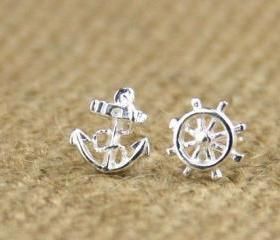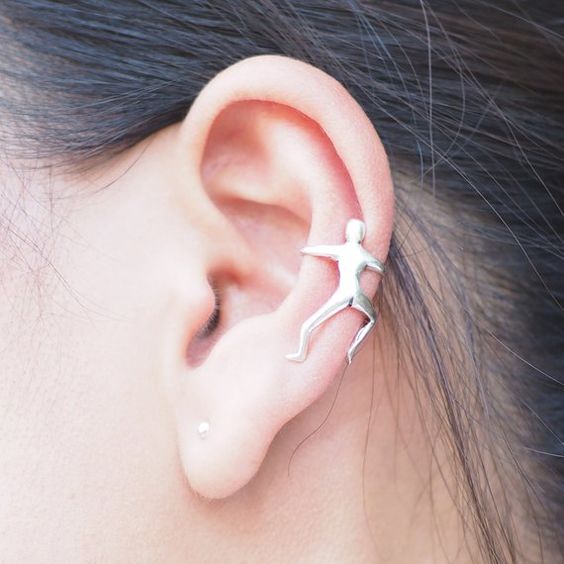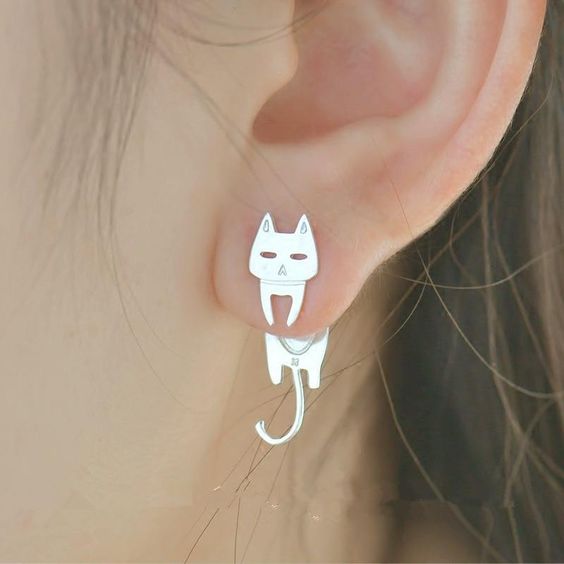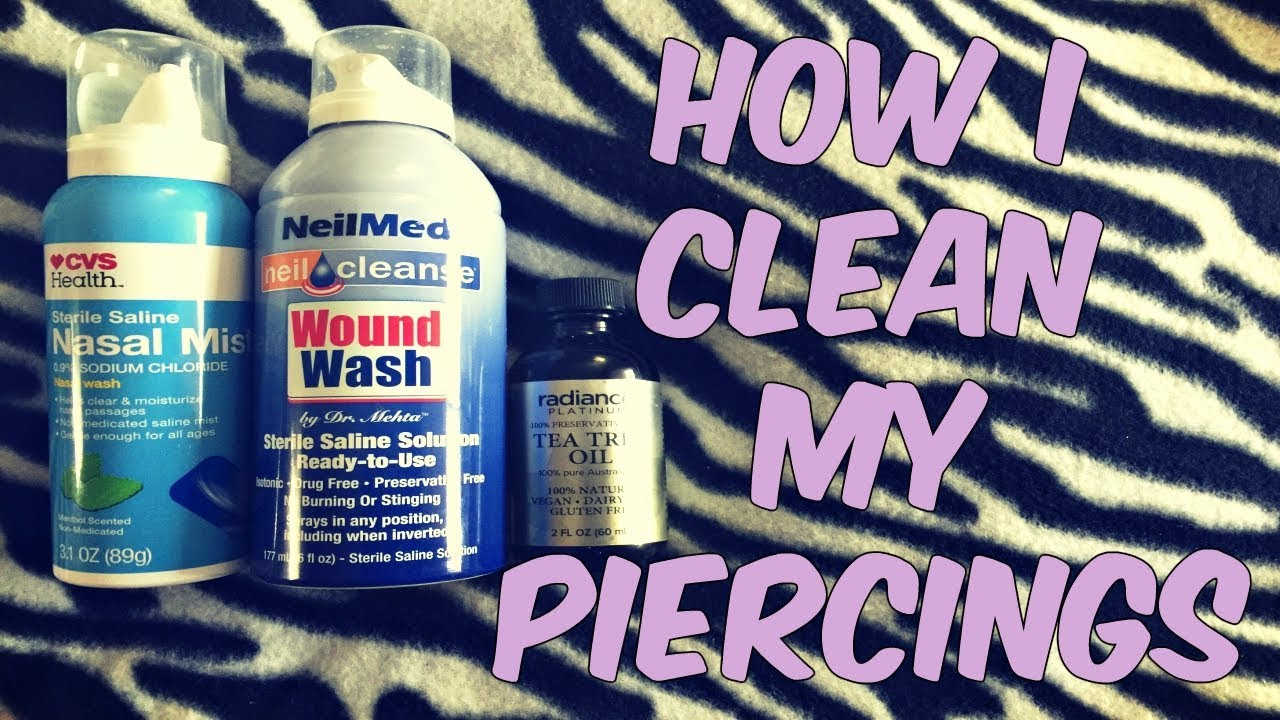Real sterling silver is 92.5% pure silver; the most common alloy used to harden it is copper, and neither of these metals is magnetic. Often a clasp is made of something different that may be magnetic, but if the chain you describe sticks to a magnet, then sadly it is not “sterling” and should not be marked “.
Is the magnetic test 100% accurate?
I want to say that it will depend on the magnet in use. But the truth is that this is not the most accurate method to use in testing sterling silver. Often even the fake ones can pass this test. It’s just like the first step to direct you and show you the authenticity.
I prefer to use the acid test as it gives me more accurate results.
Alternatively, you can take it to jewels professional to find out if it’s legit. Don’t have to use any magnet expecting it to give me accurate results.
If you can however find a rare type of magnet called neodymium, then you can be sure that if it sticks easily then it’s not silver.

How to test the sterling silver using the specific rare magnet?
Most people just use the silver slide magnet test directly. However, before you go to use the test, you should remember that the silver is paramagnetic.
This means that when you slide the metal under the silver, it should slowly go down. If it goes very fast as other metals do, then you can question the metal.
Bottom-line it shouldn’t stick swiftly and tight or just go down fast. Also, remember to use the specific rare magnet that’s strong to sense even the fake types of silver. Expect weak magnetic effects not zero reaction at all.
So you can test the silver with the magnet but you should use other methods too because we have other metals that are non-reactive with the magnet as well. Some jewelers will pose non-sterling silver jewels as sterling silver especially if they have the same appearance and color.
When using the sliding test, therefore, you should know the angle to use. So slide the magnet at a 45 degrees angle. Then slide it down to see how it reacts.
Can You Test Gold And Silver With a Magnet?
Magnets are some of the most versatile objects that most of us will use in our everyday lives, but most people would never think to use them for testing the authenticity of silver and gold objects.
Due to the fact that real gold and silver are not magnetic materials, the reaction to a magnetic field would be a clear giveaway that it was mixed with some other kind of metal.
How Gold And Silver Are Tested With Magnets?
- Both materials not made of magnetic metal
- Neither one should stick to magnet
- The tests that we will be going over today involving magnets, gold, and silver, will be based on the concept that they are not supposed to stick to the magnet because the real elements would not react this way.
When it comes to purchasing rare jewelry that is advertised with these materials, it is very easy to fall into the trap of spending money on something that is watered down with less quality elements like iron or cobalt.
To avoid getting taken advantage of by someone who might think they can get one over on you in this aspect, read through the tips in this article and use them to your advantage before you make an expensive mistake.

How To Test Gold With a Magnet?
The process of testing gold with a magnet is a very simple one with very straightforward results. With the use of a single magnet and a few minutes of your time, you will be able to walk away knowing whether your gold is real or fake. What You Will Need:
- A strong magnet
- The gold in question
- Metallic objects (ie. Paper clips, nails)
How To Test Gold With a Magnet?
- Acquire the materials that you need on a clean workspace
- Test your magnet with other metallic objects
- Place the gold in question on the surface in front of you
- Take the magnet in your hand and move it toward the gold
- Observe the reaction that is caused to determine the results
- Once you have gathered all of your materials together and placed them onto a clean workspace, you should begin by testing your magnet with other metallic objects that you know will stick.
With the knowledge that most metal objects will be attracted to the magnet and real gold will not contain any of these substances, you will be able to get a concrete idea of what material you are working with.
So, before proceeding with testing the actual gold, you will want to use metallic objects such as paper clips or nails to confirm that your magnet is working properly. When you have done this and they are sticking to the magnet, you can go ahead with the test.
The entire test will consist of placing the gold that is in question on the surface in front of you and taking the magnet into your hand. The size of the gold will need to be equivalent to or smaller than the magnet for the most accurate test because the magnet must be strong enough to pull the material.
With your hand, move the magnet close to the surface of the gold until it is almost touching. If the gold is attracted to the magnet and pulls toward it in any way, you will know that there are traces of other metals in the gold and it is not real.
Alternatively, if the gold does not move toward the magnet at all in reaction to it, you will be able to have more confidence that it really is pure gold.
How To Test Silver With a Magnet?
What You Will Need:
- Small magnet
- The silver in question
- How To Test Silver With a Magnet:
- Gather your materials together on a flat workspace
- Begin by placing the magnet on top of the silver coin or bar
- Observe the behavior of the magnet
- Perform an additional magnet slide test (for silver bars)
- Place magnet on top of the silver bar at a 45 degree angle
- Observe the way the magnet slides down the bar
In the event that you need to test the authenticity of silver with a magnet, you will want to use a small yet strong magnet. Ideally, you could use a Neodymium disc magnet or a similar bar magnet to carry out these tests.
Once you have gathered the needed materials and proceeded to your workspace, you can begin by placing the magnet on top of the silver that is in question, whether it is a coin or a bar. If the two materials stick, the silver is not real and is mixed with other metals.
To perform an additional test, which works best for bars of silver over any other form, you can place the magnet on top of the silver bar, while you are holding it in mid-air at an angle of 45 degrees.
Observe the way that the magnet slides down the bar. If it sticks and does not slide at all, this will be further confirmation that the silver you have purchased is not authentic. Additionally, if the magnet slides down very quickly before your eyes, it is also not real.
You will be able to come to the conclusion that your silver is more than likely authentic if the magnet slides down at a slow and steady pace.

Does The Magnet Test Always Work?
While it is true that the magnet test can be a helpful way to quickly eliminate a fake piece of jewelry in the event that it sticks, there are a few limitations to this theory. When The Magnet Test Does Not Work:
- Silver/gold mixed with stainless steel (non-magnetic)
- Some real gold is mixed with iron on occasion
First of all, the metals that might be mixed into a fake piece of gold or silver might be non-magnetic materials to begin with. For instance, a gold watch that is combined with traces of stainless steel will be undetectable in the magnet test, because stainless steel itself will not stick to the magnet.
Additionally, some products that are made of real gold will be mixed with iron as well, which is a magnetic material. After failing the magnet test, you might disregard the contents of real gold in something that is combined with iron.
In conclusion, the magnet test method can be a convenient way to rule out an obviously fake piece of jewelry, but it should not be your only way of determining the authenticity of one of these materials due to the misconceptions that can arise from the results.
7 Ways To Identify Precious Metals
When you think of precious metals, you probably think of expensive jewelry, Tiffany’s boxes, or the intricate cogs of a pricey watch. But many people manage to find precious metals in unlikely places. Treasure seekers find rare coins using metal detectors, while bargain shoppers often find precious metal jewelry at pawn shops and consignment boutiques.
But because these materials are valuable, counterfeiters and jewelers also use mixed metals or other substances to fake the appearance of gold, silver, platinum, or palladium.
If you worry about the authenticity of your valuables, review these seven facts about precious metals. We explain the various properties of these precious metals, and we also offer you a few methods to find out definitively if your metal is real.
Once you know for sure, take your precious metal to an expert and get its value appraised.
Real Precious Metal Weighs More
Gold, silver, and especially platinum weigh significantly more than the other metals (like mercury) used to create realistic-looking alternatives.
Precious Metal Items Have Hallmarks
A hallmark is a sign included on a piece of jewelry that assures the buyer that the piece meets the minimum requirements for precious metal contents. Hallmarks are usually placed on the inside of a ring or near the clasp of a necklace or bracelet. We list the hallmarks for each precious metal below:
Gold
Karat gold is the purest gold substance used in jewelry today. Any items that contain 24-karat gold will feature the “24K” or “24kt” hallmark. Gold that has the “22K” hallmark, in contrast, contains just over 90% pure gold.
Jewelry filled with gold, or that contains gold overlay, will be marked with the “GF” hallmark. Typically jewelers use a mixture of gold and alloy metals to create these items. Others prefer to gold-plate jewelry and mark this distinction with the “GP” hallmark.
Silver
A minimum of 92.5% silver is the benchmark for solid or sterling silver. These silver valuables will present the “sterling” or “925” hallmark.
Platinum
A platinum content above 95% is required for this precious metal. You’ll recognize platinum in jewelry and flatware when you see the “platinum” or “plat” hallmark. Palladium: Metal experts haven’t yet determined a purity rating for palladium. Instead, jewelers mark all palladium accessories with “pall” or “Pd.”
Precious Metal Rubs Off Differently
Even if you can’t find the markings on a jewelry item, you can identify the material by rubbing the item against a cloth. Real gold will leave no mark, while counterfeit gold or alloy will leave gold-colored residue on the cloth.
With silver items, expect just the opposite. Real silver or silver-plated items will turn the cloth black. Alloy mixtures won’t leave any trace.
Precious Metals Aren’t Magnetic
Gold, silver, and platinum are not magnetic. The next time you spot precious metal, put it to the test. Take your coin or piece of jewelry, and place a strong magnet on top of the object. Slowly tilt your metal item to see if the magnet sticks to the object by the magnetic pull, or if it slides off onto the ground.
If the metal attracts the magnet, you know it must be an alloy mixture and not a precious metal.
Gold Won’t Scratch Glass
If you find a gold piece or jewelry with gold as its base, use the item to draw on a window or piece of glass. Real gold is soft and malleable and won’t leave a scratch on the glass surface like a counterfeit will.
Another testing method is to run the gold piece on a section of tile. If the piece leaves a black mark, it doesn’t contain pure gold. High-quality gold pieces will leave a yellow or gold streak on the tile’s surface.
Silver Feels Warm to the Touch
Stainless steel, a common substitute for pure silver, has different metallic properties. Silver will feel closer to your body temperature when you hold it in your hand. Stainless steel, however, will absorb the heat more quickly and feel cold on your skin.
Silver conducts heat energy so well that it will also melt an ice cube. If you find a silver kettle, tea pot, or coin, put a solid ice cube on the surface of the metal and watch it melt away. Substitute metals won’t offer the same heat conduction.
Gold Does Not Tarnish or Rust
Though silver objects have a reputation for tarnishing as they age, gold will never rust or corrode. The distinct yellow-gold color of this precious metal will continue to look brand new even after years of neglect.
Not all gold varieties look identical, though. If you question the authenticity of your gold piece, compare it to brass or platinum to help see the difference in hue.
Some metal enthusiasts invest in complicated acid tests or testing mechanisms to identify their precious metals. But if the simple tips above don’t put your mind at ease, the best way to determine the metal content of your belongings is to take them to a certified precious metal specialist.
Ten articles before and after
Hypoallergenic earrings for kids
Different Types of Body Piercings

